#20th century era
Explore tagged Tumblr posts
Text

Women Watching Stars, Ōta Chōu, 1936
#art#art history#Ōta Chōu#Asian art#Japanese art#East Asian art#genre art#astronomy#color on paper#Showa period#Showa era#20th century art#National Museum of Modern Art Tokyo
7K notes
·
View notes
Text
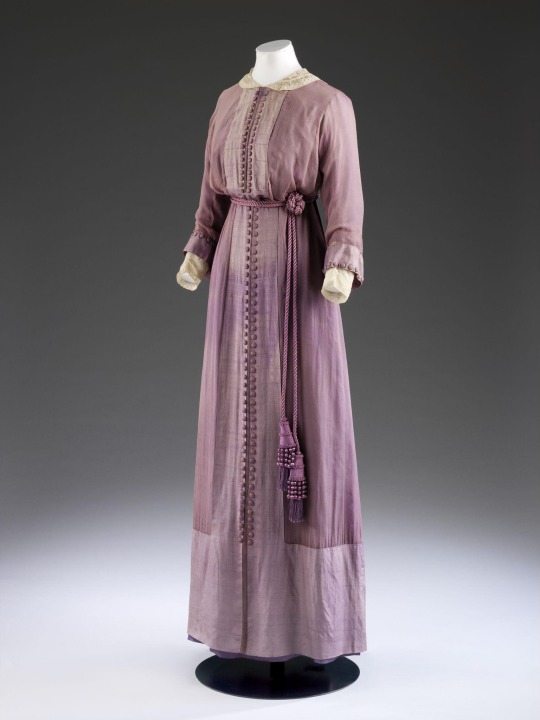

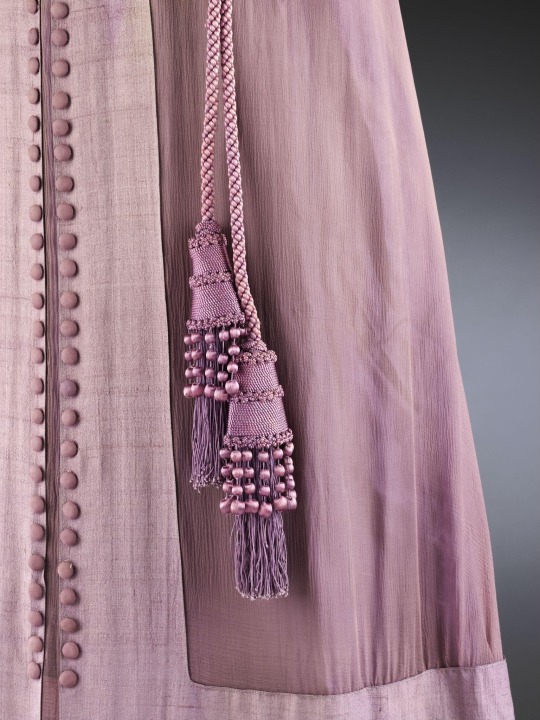
Afternoon Dress
c. 1911-1912
Silk chiffon over silk, grosgrain, lace, boned, embroidered
Made by Mascotte
Victoria and Albert Museum
#edwardian gown#Edwardian#Edwardian fashion#Edwardian era#Edwardian dress#1910s#fashion history#historical fashion#history of fashion#dress history#20th century fashion#frostedmagnolias#purple
2K notes
·
View notes
Text

Winter Sunshine, Maxfield Parrish
#instagram#pinterest#art#classic art#painting#oil on canvas#romantic art#victorian art#romantic period#victorian period#victorian era#classic#romantic era#history#art history#Winter Sunshine#20th century#1955#maxfield parrish
3K notes
·
View notes
Text

~ Albert Chevallier Tayler, Arranging the Lilac (1906)
via susan_holloway_scott_author
#albert chevallier tayler#art#fine art#painting#art history#english art#english painting#english artist#british art#british artist#british painting#british impressionism#impressionism#20th century art#early 20th century#early 1900s#edwardian art#edwardiana#edwardian era#edwardian painting#20th century painting#1900s#1906#e
873 notes
·
View notes
Text
Tea gown, ca. 1900. Printed silk chiffon, silk chain stitch, and lace. Charles Frederick Worth, France. Gift of Mrs. Middleton Train. 1969.134






Chicago History Museum
851 notes
·
View notes
Text

Lillian Cook in “The Bluebird”, 1918
#1910s fashion#fashion history#history of fashion#1910s#early 1900s#early 20th century#circa 1910#1910s style#edwardian#edwardian era#edwardian fashion#silent film#silent movies
1K notes
·
View notes
Text
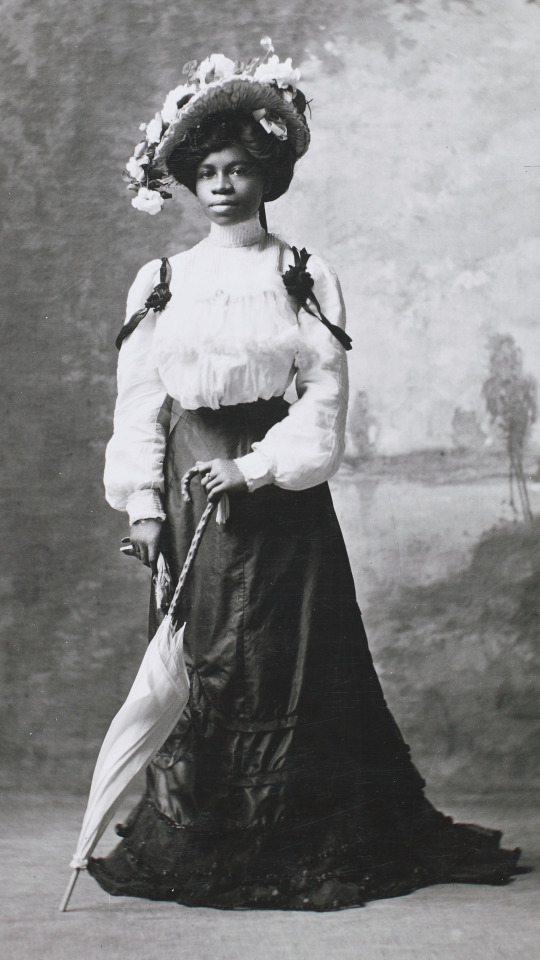
Marie Bell Watson (1879 - 1913), 1902
#1902#1900s#history#historical#fashion#historical fashion#fashion history#1800s#edwardian#edwardian era#edwardian fashion#edwardian aesthetic#edwardian dress#early 1900s#1900s fashion#1900s dress#1900s photography#black and white#early 20th century#20th century fashion#20th century#history tag#vintage photos#vintage#vintage fashion#antique#antiquebee
1K notes
·
View notes
Text
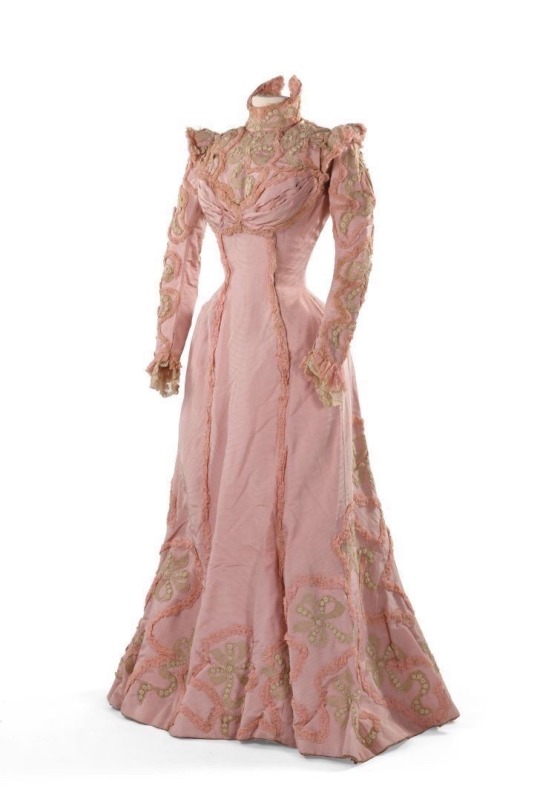

1900-1905
#historical fashion#fashion#historical#history#historical clothing#historical dress#long dress#textiles#textile#dress#dresses#gown#fashion 1900#1900s fashion#1900 fashion#edwardian costume#edwardian era#edwardian dress#edwardian#20th century fashion#20th century#old fashioned
553 notes
·
View notes
Photo
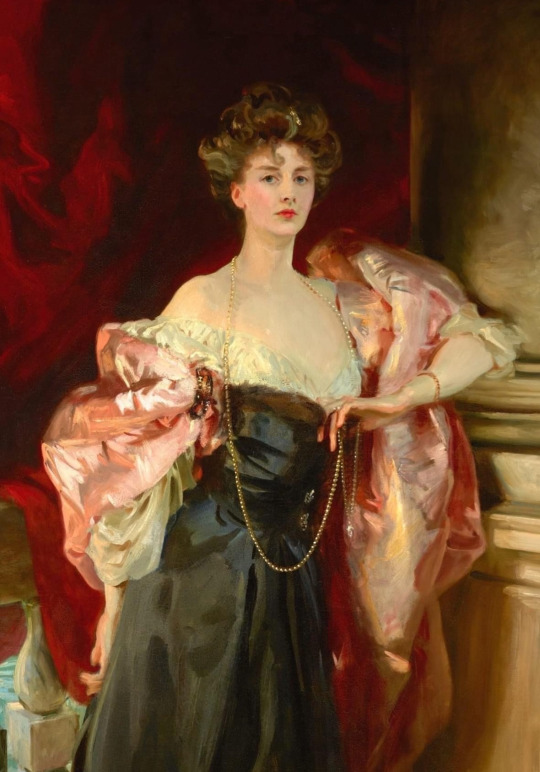
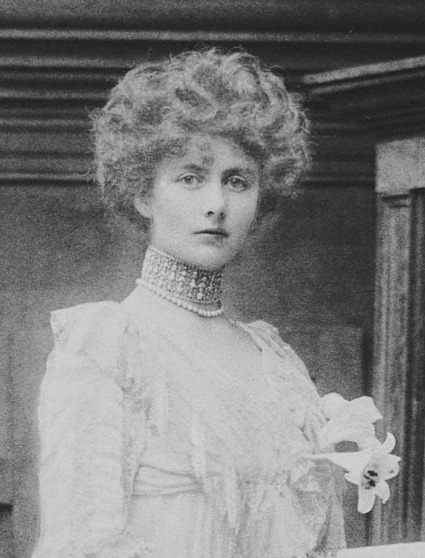
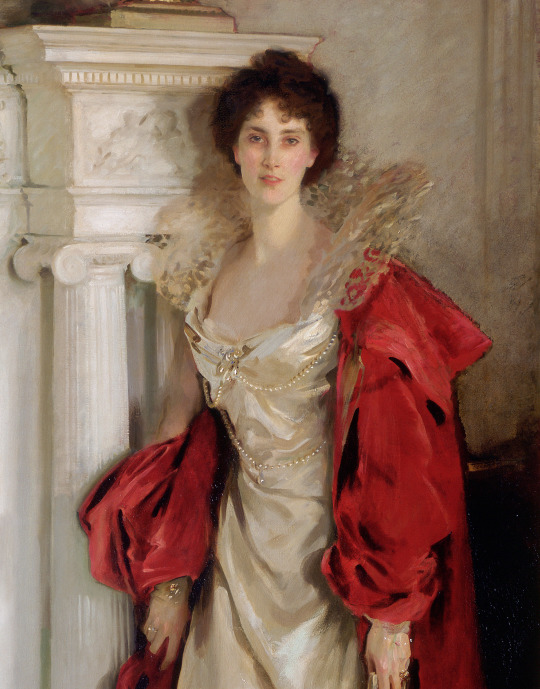


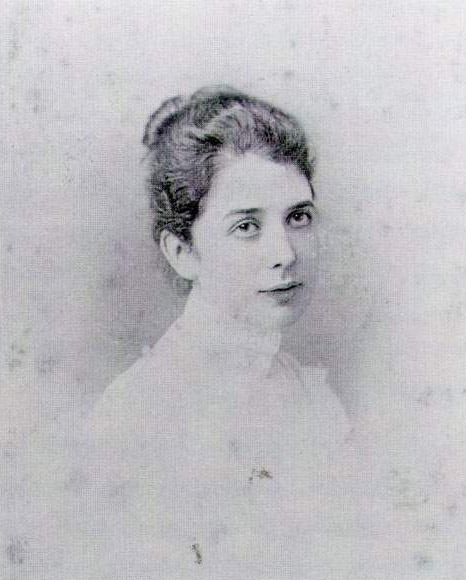
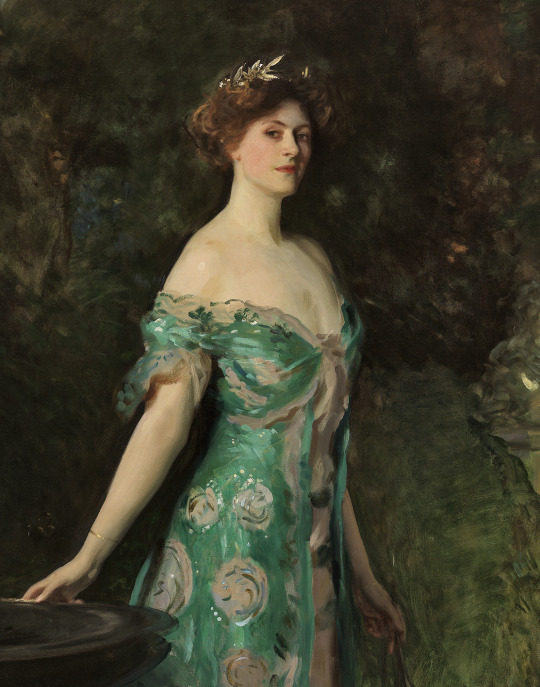

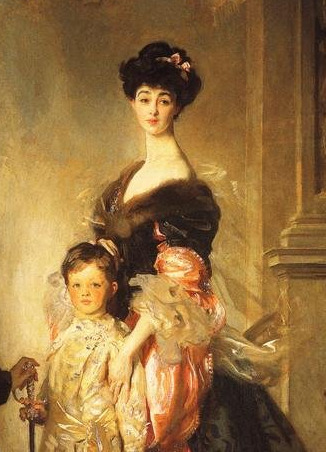
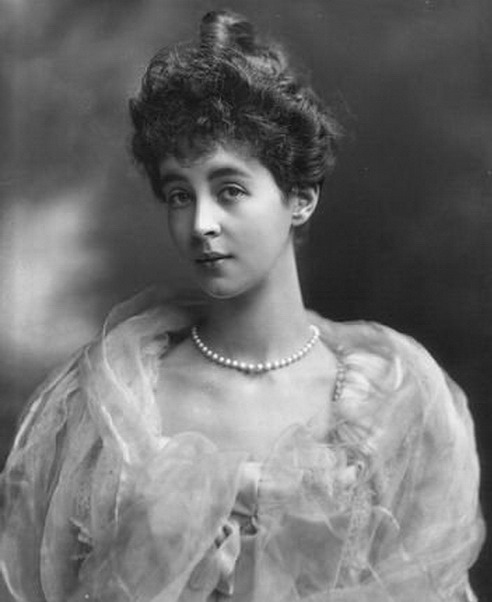
Some well known aristocratic beauties of the late Victorian and the Edwardian era as depicted by John Singer Sargent and in photography
Lady Helen Vincent, Viscountess D'Abernon (1904) // Winifred, Duchess of Portland (1902) // Lady Agnew of Lochnaw (1892) // Millicent, Duchess of Sutherland (1904) // Consuelo Vanderbilt in The Marlborough Family (1904/05)
#john singer sargent#historicwomendaily#women in art#art history#art comparison#edwardian era#edwardian#19th century#20th century#art#classical art#vintage#photography#beauty#fashion#beautiful women in history#the gilded age#the belle epoque#historical fashion#women in history#hulderposts#female beauty in art#art comparisons#history crushes#lady helen vincent#helen vincent#winifred duchess of portland#lady agnew of lochnaw#millicent duchess of sutherland#consuelo vanderbilt
7K notes
·
View notes
Text

Ca. 1905 🖤
#1905#1900s#Edwardian#Edwardian dress#Edwardian style#Edwardian fashion#Edwardian girl#Edwardian woman#Edwardian era#Edwardian art#Fashion#Fashionplate#Fashion sketch#Fashion illustration#Fashion history#Historical fashion#Historical clothing#Dress history#Vintage dress#Vintage fashion#Antique dress#Antique fashion#Antique clothing#Corset#Costuming#Costumes#Costume design#20th century#20th century art#20th century dress
262 notes
·
View notes
Text
Fantasy Guide to A Great House (19th-20th Century)

(I know, I've been slacking but I'm still alive)
When we think of the Victorians, the grand old Gilded Age or the Edwardians, we all think of those big mansions and manors where some of our favourite stories take place. But what and who did it take to run a great house?
Meet the Staff

Large numbers of staff were always needed to run great houses. Every department had its own management and its own teams, all working together to ensure everything ran smooth. There was both an interior and exterior team.
Interior
You can split the interior of the household into three departments: Service, Upkeep and Food Preparation.
Service
Butler: The Butler was the Head of all the household staff. He acted essentially as the manager of a great house, directing the staff on a day to day basis or at events on the command of the lord/lady/employer. Make staff would report mostly yo him and he would be in charge of keeping an eye on them. The Butler had charge of the wine cellars, the dining room, sometimes the pantry as well. As the manager of the house, Butlers were afforded the title of Mr. X. Our favourite examples being of course Mr Carson and Mr Pennyworth.
Valet: The valet was the male servant who handled the dressing of the men of the family. He would be in charge of his master's clothes, ensuring he was always dressed in the right outfit for the right activity (there was a lot) and be in charge of helping him into the outfit in question. The valet would also be in charge of cleanliness, sometimes shaving his master or running his bath. Valets were referred to as Surname and ranked in how their employer's ranked, for example the Lord’s valet would outrank his son's.
Lady's Maid: The lady's maid was similar to the valet. She was in charge of keeping the ladies of the house looking their best and handling their needs. She would style hair, care for jewels, mend clothes, care for clothes and often act as a companion, accompanying her lady on visits or day's out. The lady's maid was referred to by their surname.
Footman: The footman was a male servant who served at table, fetched items, handled heavy lifting such as luggage, opened and closed doors. Most footmen were young men and en chosen for good looks. Footmen polished the silver services at great houses and when called upon would often take on the role of valet to guests without a servant to help. Footmen were referred to as their firstname. Footmen were denoted by rank, the highest being first footman who had charge over the others and would assist the butler in some tasks.
Upkeep
Housekeeper:The housekeeper was second in command but she ran her most of the interior staff, especially those who took care of the house itself. She supervised all female staff. She helped the lady of the house when it came to running events and caring for guests. The housekeeper is always Mrs. Surname even when she's unmarried.
Housemaid: Housemaids clean the house. They would dust, make and strip beds, straighten things up and keep the house looking it's best. The housemaid was a servant that was almost never seen, usually rising early, lighting the fires, cleaning the house as the family moves from room to room. She was called by her Firstname.
Scullery Maid: The scullery maid is the lower ranking maid. She would also have been younger and less experienced. She was in charge of the more unsightly work: laying the fires, scrubbing the floors, emptying chamberpots, cleaning servant's chambers. She may even do mending and washing for other servants. She was called by her first name.
Hall boy: The hall boy was also young and handled the worst jobs. He would polish boots belonging to the family and sometimes staff, cempty the servant's chamberpots and waited on on the higher ranking servants. He was called by his name.
Food Preparation
Cook: The cook or chef was the third highest ranking servant downstairs and they ran their own department. They were in charge of the kitchen staff. All cooks and chefs would meet almost daily with the lady of the house to discuss menus and ordering but would answer to both housekeeper and butler. As with the housekeeper, a female cook or chef is Mrs Surname despite martial status and make cooks/chef are Mr.
Kitchen maid: The kitchen maid helped the cook/chef in preparing the food. She would be one of the first servants up, in charge of lighting the ovens and starting the breakfast for the family and servants. She would clean the kitchen, boil water when needed and bring food up to the servery when needed. She would be called by her first name.
Exterior
The house would needed a team on the outside to handle the stables, the gardens and any outdoor activity.
Gardeners: They would be responsible for the upkeep of the grounds itself, caring for the gardens. There would be multiple at a great house led by a head gardener.
Stableboy/groom/kennelmaster: They would take care of the family's horses and dogs. They would take care of tack, help plan hunts and riding pursuits and handle carriages.
Chauffeur: As automobiles became popular in this period, a chauffeur was needed to drive the family and take car of their motor.
Lives of Servants
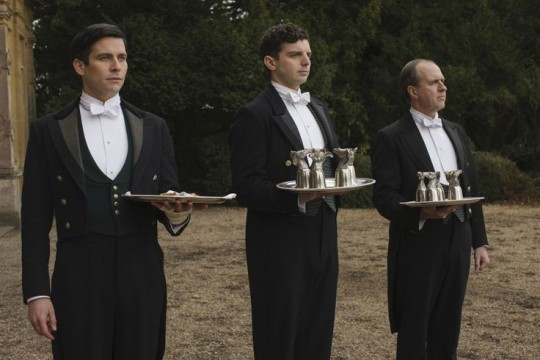
Servants were paid very little at this time, mainly because most staff got free room and board. Most of the interior staff would live in the house itself and be supplied meals. Chauffeurs, gardeners etc would live nearby on the estate either as locals or be supplied a house as a staff member. Staff uniforms were also supplied. Days off were rare but not withheld. Permission was needed to leave the house either to visit the shop or take a few days off.
Servants were expected to be obedient, modest and humble at all times. They were expected to stand in the presence of their master's, speak only when spoken to and never question an order. They had to be ready for anything at the drop of a hat. You've set for a dozen guests but now there's five more coming? Tough luck, change the table settings. You get seasick? Nevermind that, your gentleman is going across the sea and as his valet you're going with him, like it or not.
Servants from one house often travelled to with the family to their other residences: the butler, footmen, chef, kitchen maids, lady's maid, valet would all go with the family while everybody else would get left behind. Every house would have its own housekeeper if it could be afforded. Housemaids and other staff needed could be hired locally when needed.
The Daily Routine
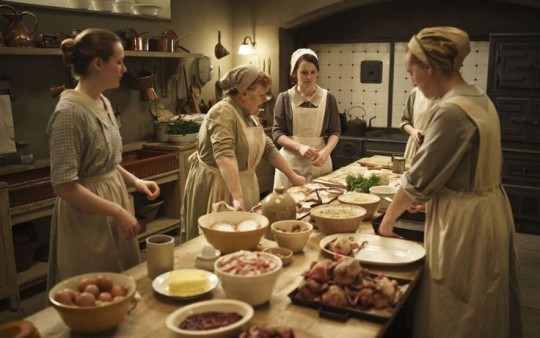
The working day of a servant in a grand house was a long arduous one.
Morning: At 6am, the servants rise. The scullery maid gets up and begins lighting the fires, starting with the kitchen. Then she cleans the kitchen top to bottom before the staff get in to cook. The kitchen maid would rise at the same time, helping with the cleaning. She would set for the servant's breakfast and start cooking it. The footmen open the shutters upstairs, cleans whatever tools they will need such as glasses and silverware, tend the lamps and sets for breakfast upstairs. The housemaids go about the house cleaning up after the night before, starting in the rooms that aren't being used (any room that's not the bedrooms). At around 8, the cook rises and starts the day. The kitchen maid serves breakfast to the other servants before returning to the kitchen to eat her own breakfast with the other kitchen staff. After breakfast, the housemaid will change her apron and deliver hot water to each of the bedrooms for the family. At 9, the family rise. Married women have breakfast in bed with all other family members and visitors eating in the dining room. Valets and lady's maids would have dressed them prior, gathering up any clothes to be mended or washed. The footmen and butlers will serve while the housemaids go into each empty room and begin their chores.
Midday: Just before midday, the chef would speak with the lady of the house to discuss menus. At around 11, the staff were permitted their first break, just enough time for a drink usually a cup of tea before they started again. The chef would start preparing for the main dinner of the evening with the lady's approval. Footmen would take their places at entrances or attend the family where he may be needed. At noon, the servants would have their dinner. At 1, the family would sit for their lunch. Once lunch is over, a footman might be permitted to attend personal business (with permission from the butler first) or be sent on errands out of the house such as delivering messages. While the family sit for breakfast, the maids tidy up any room they have been using since getting up.
Afternoon: The family take tea around 4. The footmen clear the tea before heading down to take their tea - a light meal- with the other servants around 5. Afterwards, the footmen will start to light the lamps, close the shutters and draw the curtains. The butler would oversee the laying of the table for dinner with the footmen. The first footman carries the silver, the second the china, while the butler sets the silver and glasses. If a guest is coming, a footman will remain on the door to see them in.
Evening: At 8, the footman or butler signals the start of supper. This is done by the rinibg of the gong or bell which gives the family and any staying guests, 15mins or more to get ready. Valets and lady's maids would already be upstairs at this point, helping their master/mistress. When the family head downstairs, they linger in the drawing room to chat while a footmen keeps an eye on them. Any guests visiting for dinner would be let in by a footman and announced upon entry. The butler announces dinner and escorts the family in. The footman serve the food while the butler pours the wine (chosen by the Lord with the butler's help). The footman stay in the dining room all throughout dinner, excepting when they go to the servery to collect the food from the kitchen maid. They serve and clear the plates for every course. When dinner is over, a footman will stay with the men while they drink their port while another serves the ladies their coffee in the drawing room. While dinner is on, the housemaid would tidy the empty rooms, check the fires and turn down the beds. At 9, the servants eat their supper while the family chill. When supper is over and the family is done for the night, the valets and lady's maids would ready their masters for bed. A footman would wait in the hall with candlesticks for the family and show any departing guest out. The kitchen staff would start to clean up while the butler starts locking up the house. The staff would get to bed about 11:30 - 12.
#Fantasy Guide to A Great House#Guide to A Great House part 1#Staff#Employment#Historical reference#Writing reference#writeblr#Writing help#Writers guide#Writing research#writers resources#writing resources writing advice#Writing advice#19th century#20th century#Edwardian#Gilded age#Victorian era
2K notes
·
View notes
Text

Moon over Miyajima, Ito Yuhan, ca. 1930
#art#art history#Asian art#Japan#Japanese art#East Asia#East Asian art#shin-hanga#woodblock print#Ito Yuhan#landscape#landscape art#night scene#Showa period#Showa era#20th century art#private collection
3K notes
·
View notes
Text


Evelyn Nesbit in early 1900s
#silent era#Gibson girl#evelyn nesbit#vintage photography#vintage portrait#photography#20th century#early 20th century#frostedmagnolias
1K notes
·
View notes
Text
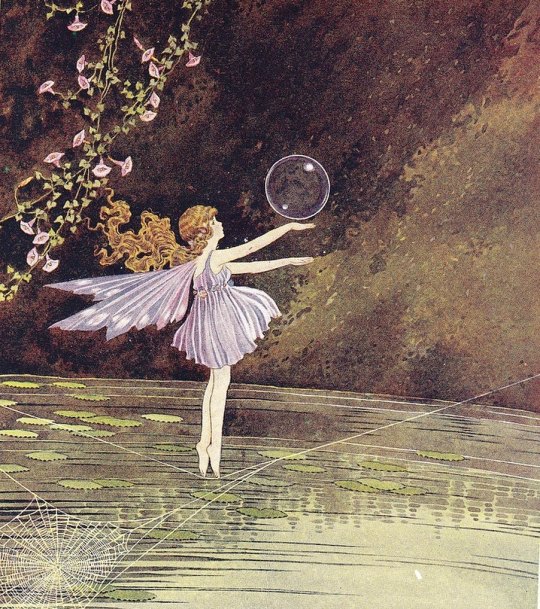
<3
#instagram#pinterest#art#classic art#painting#oil on canvas#romantic art#victorian art#romantic period#victorian period#victorian era#classic#romantic era#history#art history#Ida Rentoul Outhwaite#19th century#20th century#fairies#fairycore#fairy#fantasy
755 notes
·
View notes
Text

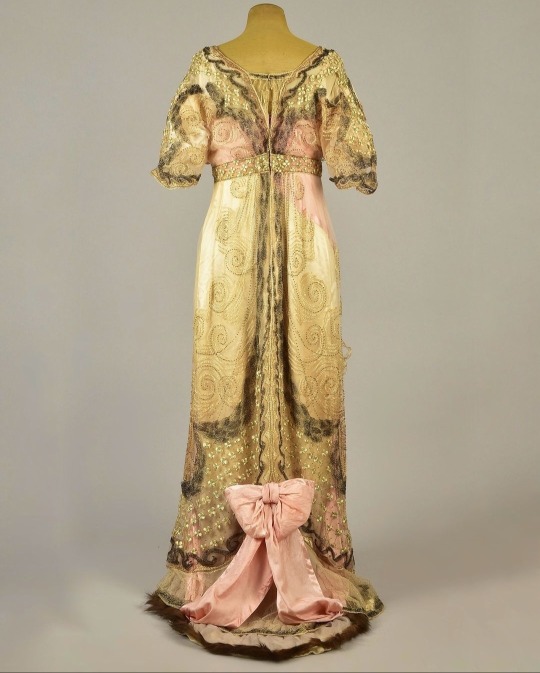


Evening gown by Doucet, c.1912. Cream net over pink satin over cream chiffon and satin. Possibly worn by Julia Butterfield, wife of US Union General Daniel Butterfield. Whitaker Auctions.
via _ardenconroy_
#fashion history#historical fashion#history of fashion#dress history#evening dress#evening gown#edwardian#edwardian era#edwardiana#edwardian fashion#edwardian dress#early 20th century#early 1900s#1910s fashion#1910s style#1910s dress#titanic era#1912#e
283 notes
·
View notes
Text


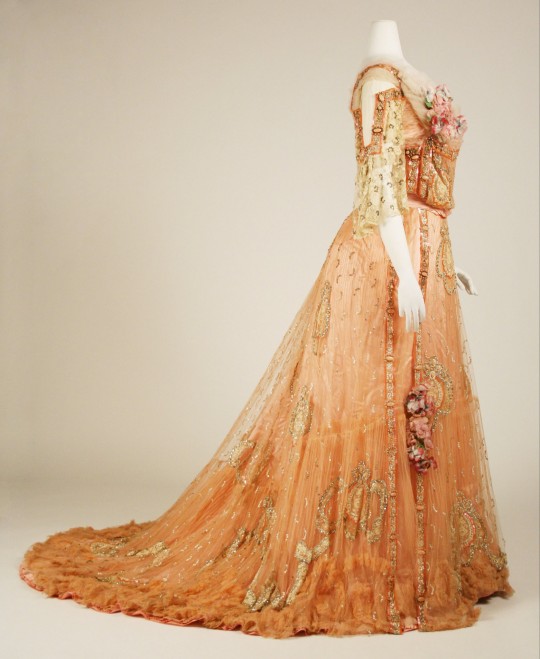




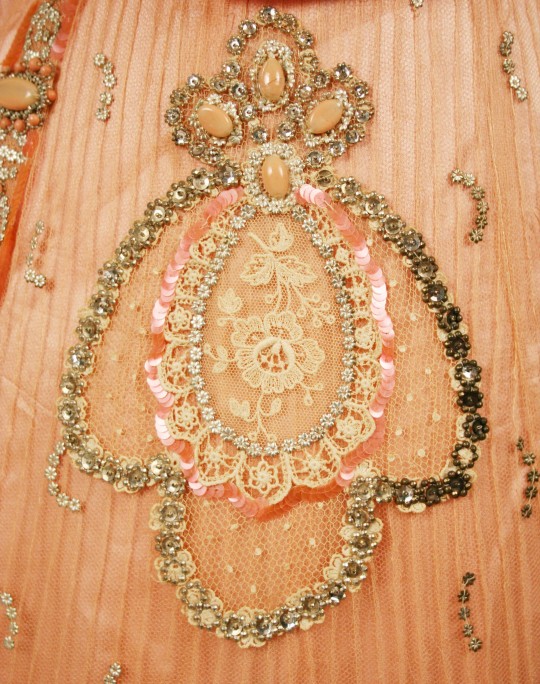
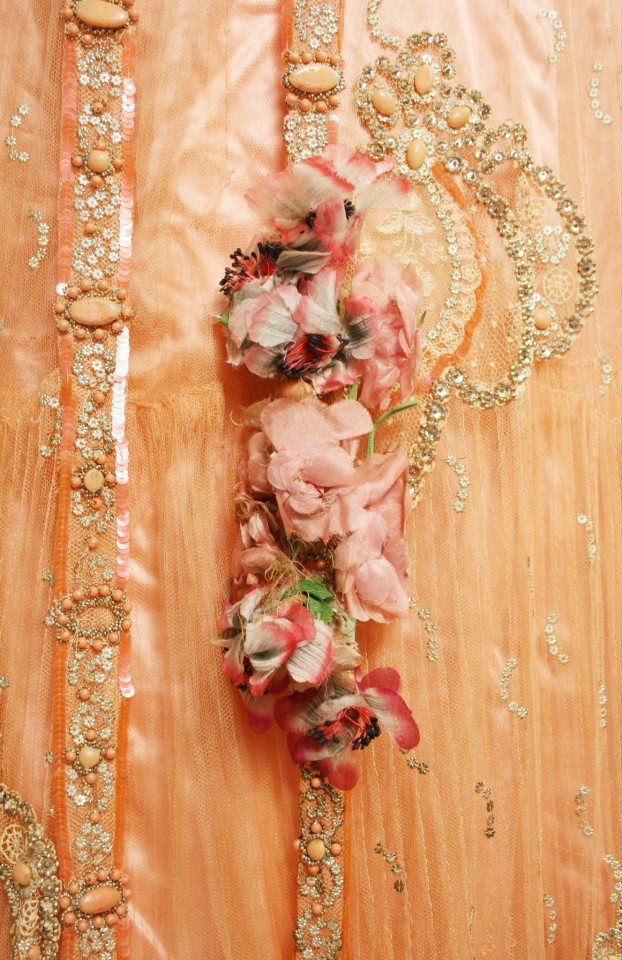

Ball gown, 1900–1903. French. Silk.
The MET Museum
#edwardian#edwardian era#edwardian fashion#dress#ball gown#fashion history#historical fashion#20th century#long post#longpost
2K notes
·
View notes